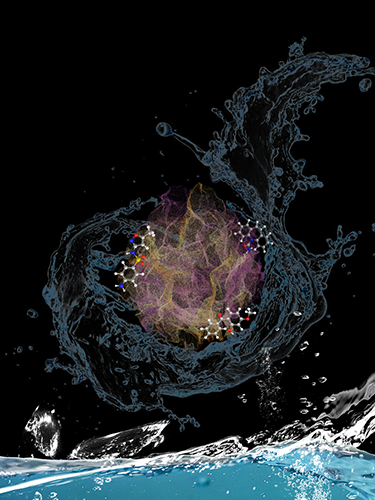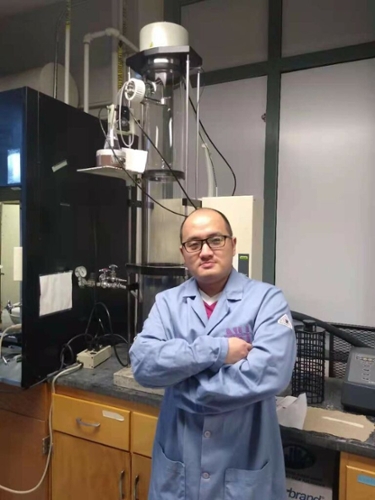Han Fu & Nanotechnology

An interview of Han Fu, a 4th year PhD candidate in Prof. Kimberly Gray’s research group, was recently featured by Northwestern’s International Institute for Nanotechnology (IIN) article. The article highlights some of Fu’s research, specifically the synthesis and characterization of 3D functionalized crumpled graphene balls, which show strong and selective affinity for micropollutants in water. He discusses some of the pros and cons of doing research during a pandemic, as well as what makes a great mentor.
 Han Fu graduated from the University of California Berkeley with a major in chemical engineering in 2010. He also holds a M.S. degree (2012) in chemical engineering from the University of Tokyo (supervised by Dr. Kazunari Domen) and a second M.S. degree (2020) in Environmental Engineering from Northwestern University. Prior to joining Northwestern University, he worked as a process engineer at a pharmaceutical company called Amphastar Pharmaceutical (2013-2018) located in Los Angeles. His experience in the pharmaceutical field inspired his career switch to environmental engineering and his desire to approach chemical product development from a preventive perspective.
Han Fu graduated from the University of California Berkeley with a major in chemical engineering in 2010. He also holds a M.S. degree (2012) in chemical engineering from the University of Tokyo (supervised by Dr. Kazunari Domen) and a second M.S. degree (2020) in Environmental Engineering from Northwestern University. Prior to joining Northwestern University, he worked as a process engineer at a pharmaceutical company called Amphastar Pharmaceutical (2013-2018) located in Los Angeles. His experience in the pharmaceutical field inspired his career switch to environmental engineering and his desire to approach chemical product development from a preventive perspective.
Thousands of anthropogenic materials (also called micropollutants), coming from pesticides, organic solvents, detergents, pharmaceuticals, and personal care products, are discharged into waterways daily and potentially threaten ecological and human health. Fu and Gray have collaborated with Professor Jiaxing Huang formerly in Material Science & Engineering at Northwestern University (he has recently relocated to Westlake University, China) to develop a novel adsorbent based on three-dimensional (3D), stacking-resistant, crumpled graphene oxide balls (CGBs) to remove micropollutants in surface or ground water systems. Furthermore, he has synthesized a titanium dioxide (core)/crumpled graphene oxide (shell) composite which can adsorb and photodegrade micropollutants in water, which shows the promise of a self-regenerating adsorptive material for contaminant removal. The results of the work were recently published in Carbon and Nanomaterials.
